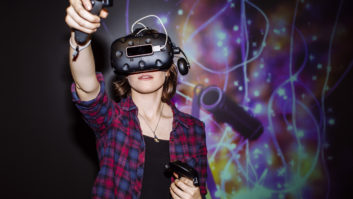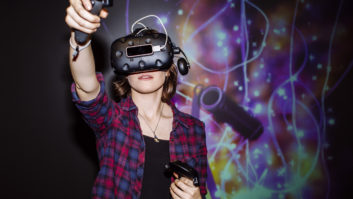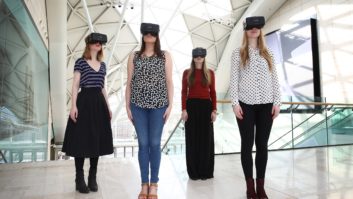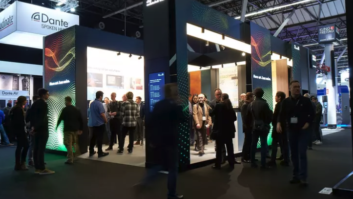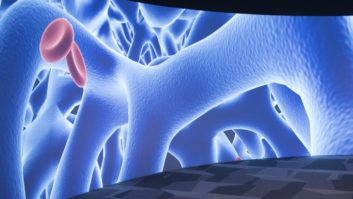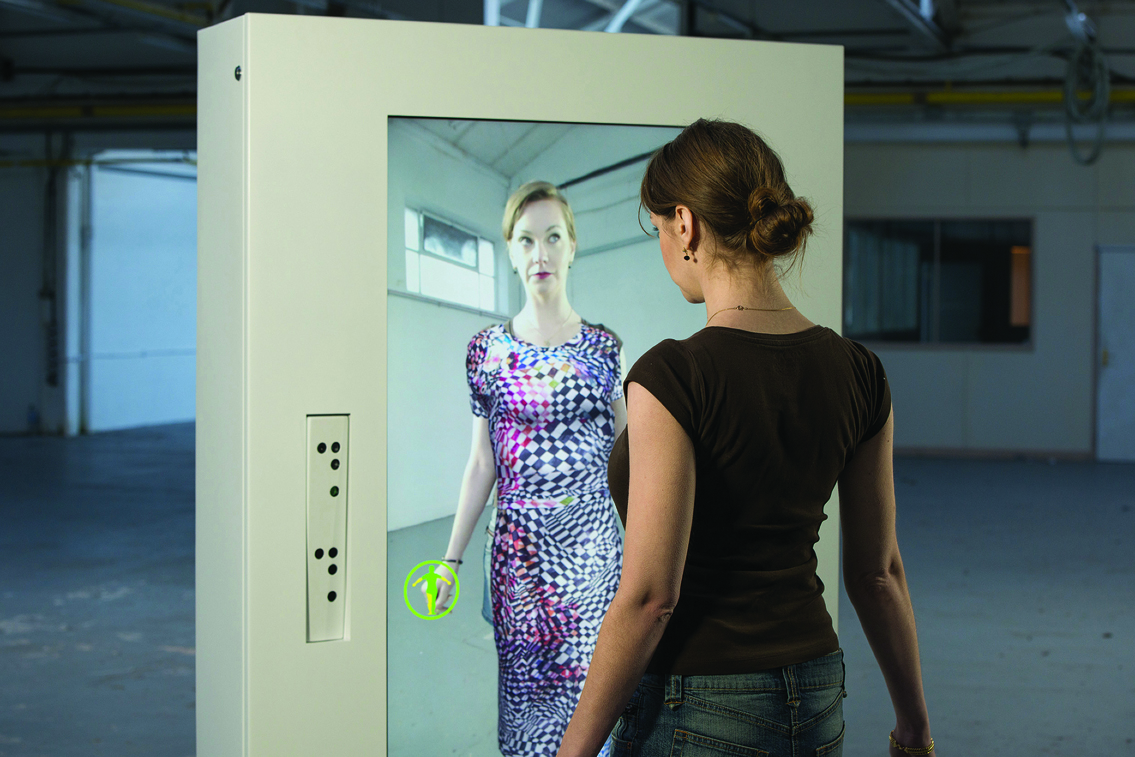
Rob Lane asks whether AR is just a bit of fun, or does it have genuinely practical uses?
One of the challenges for augmented reality (AR) gurus is to find genuinely practical uses for the technology – and the US fashion industry has been quick off the mark. Earlier this year, California-based start-up Cymplifi released a fashion AR app which allows users to ‘try on’ clothes via their smartphones. In a nutshell, it drops images of apparel on top of user pics or videos. Users can share the image with their friends via social media, and if feedback is positive they can make the purchase from their phone.
While the video function is to be avoided – the garment is static against the motion of your selfie vid – the photo try-on is better than just staring at an image of the clothing. However, for pricier purchases especially, you’d be wise to ensure the store has a good returns policy, just in case.
Another US apparel handheld device AR solution is Zaphat, available via the Zappar app. Zappar was the first company anywhere to develop an AR-enabled hat collection both for its own label and for licensed baseball caps from US retailers including JCPenney, Target, Macy’s and Walmart.
Users wear a Zaphat beanie or a licensed Zaphat product, whose logo acts as a target allowing the Zapper app to track position and orientation of the user’s head and overlay 3D virtual content – zombie heads, etc – on top. Zaphats are purchased from selected stores or online and the in-app store gives access to original and licensed content. Of course, users can capture and share images and video.
Launched in time for the 2012 US Presidential elections, Barack Obama baseball caps did a roaring trade, unlocking an augmented reality cartoon President via the app. In this case, a fashion item (the Zaphat) is the enabler for the AR, rather than the other way around. However, the concept is certainly interesting and is a clever way of giving consumers another decider when it comes to choosing their beanie or baseball cap!
This summer, beauty retailer Sephora launched an AR mirror in its Milan store that simulates cosmetics in both real time and 3D – allowing shoppers to try different shades of eye shadow. Once the colours have been applied from a virtual palette, the user can move her head to see how the make-up looks from different angles. Virtual makeover tech from ModiFace allows the mirror to track the location of a user’s facial features.
Another AR fashion product requiring in-store placement is Fashion3D, a new kind of ‘virtual changing room’, offering – for the first time – ‘accurate cloth simulation’ in 3D. Using software developed by Space3D, and distributed in the UK by Engage Production (regular readers will remember that this is one of my clients), Fashion3D started life as the Virtual Style Pod, showcased in autumn 2013 at luxury Abu Dhabi retail destination The Galleria.
With Fashion3D, users stand in front of a display that mimics a full-length mirror, while AR software overlays their image with realistic 3D renders of clothing and other items. The system enables users to quickly create outfits by mixing and matching a wide range of garments from the host’s inventory – ideal for retailers. Not a new concept, Fashion3D is certainly the most effective virtual changing room yet.
Away from fashion, I have been very impressed with Cimagine Media’s markerless AR system. Using a combination of the internal sensors on mobile devices and high-end image processing, Cimagine’s 360º Super-Reality technology ensures that the AR object is realistically rendered to maintain scale and position. This allows users to view the AR object from all angles and distances on their tablet or smartphone, while positioning it in the real world. The AR object can be touched and accurately manipulated on screen to define the best fit within the intended environment.
I tried it with a range of furniture, and I was seriously impressed with its effectiveness. It’s possible to get a very accurate idea of how objects would look in your sitting room. This is an AR application with genuine real-world aspirations and one that has already found a home – it was recently incorporated into Shop Direct’s e-commerce platform. [I]
Rob Lane is founder/director of PR/marketing agency Bigger Boat PR Ltd and will do anything to avoid shopping on the high street

